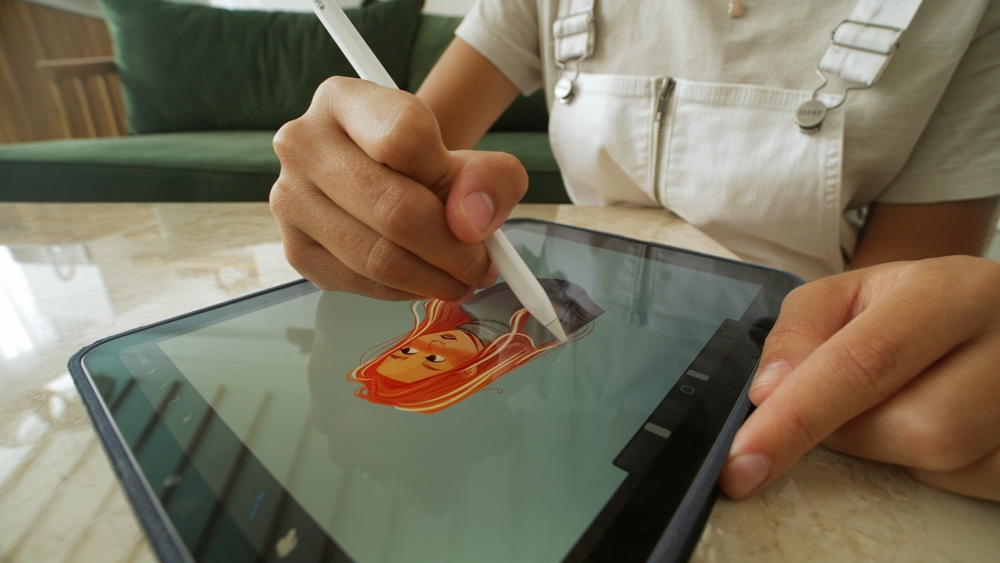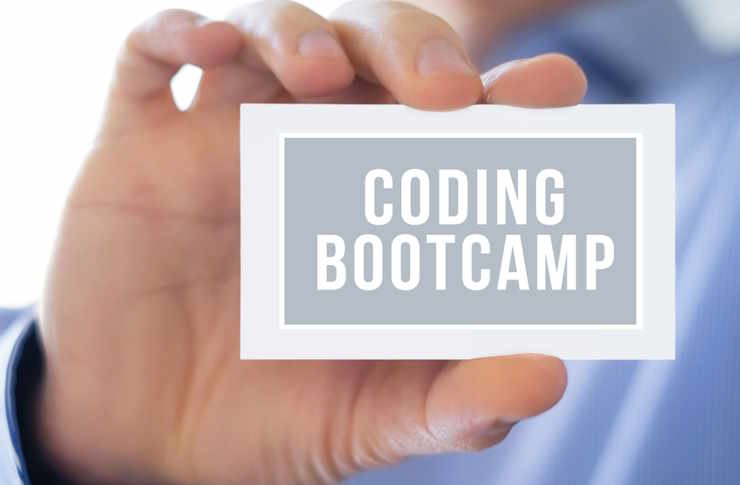Learn App Design: From Creative Concepts to Smart Digital Tools
App design combines creativity and technology to create functional, user-friendly tools. Modern app designers use generative AI to streamline workflows, enhance visuals, and personalize interfaces. With online digital design programs and graphic design and animation courses online, anyone can learn design principles and even become a character animator for interactive, engaging apps. By mastering digital design and development, you can bring ideas to life — transforming creativity into functional experiences that inspire, engage, and connect people worldwide.

The journey from concept to fully functional application involves multiple disciplines, creative thinking, and technical expertise. App design encompasses everything from initial user research and wireframing to visual design and interactive prototyping. Today’s app designers must balance artistic vision with practical usability concerns while navigating an increasingly competitive marketplace where user expectations continue to rise. Whether you’re a beginner looking to enter this dynamic field or a professional seeking to enhance your skills, understanding the fundamental principles and cutting-edge tools is essential for creating successful applications that stand out in app stores.
How to Find and Work with Professional App Designers
Finding the right app designer can make the difference between an average product and one that truly resonates with users. Professional app designers bring specialized expertise in user experience (UX), user interface (UI), interaction design, and often coding knowledge. When searching for talent, look beyond portfolios to understand their problem-solving approach and communication style. Effective app designers should demonstrate strong analytical skills alongside creative abilities, as they’ll need to translate complex requirements into intuitive interfaces.
Collaboration with app designers works best when project goals and user needs are clearly defined from the outset. Establish a structured feedback process that allows for iterative improvements while respecting the designer’s expertise. Many businesses find success working with designers who specialize in specific industries or app types, as they bring valuable domain knowledge to the project. Whether hiring freelancers through platforms like Upwork and Behance or engaging design agencies, ensure they have experience with your target platforms (iOS, Android, or cross-platform) and understand the technical constraints that will impact implementation.
Exploring Online Digital Design Programs for App Development
Online digital design programs have democratized access to app design education, offering flexible learning paths for aspiring designers at all levels. These programs range from comprehensive bootcamps like General Assembly and Designlab to specialized courses on platforms such as Udemy, Coursera, and LinkedIn Learning. The best online programs combine theoretical knowledge with practical projects that build a portfolio while teaching industry-standard methodologies.
When selecting an online digital design program, consider whether it focuses on specific aspects of app design (such as UI design, UX research, or prototyping) or offers a comprehensive curriculum. Look for programs that teach current industry tools like Figma, Adobe XD, or Sketch, as proficiency with these applications is often expected in professional settings. Many quality programs also incorporate mentorship components, allowing students to receive feedback from experienced designers. This guidance can be invaluable for developing the critical thinking and problem-solving skills necessary for effective app design beyond just learning software tools.
Benefits of Graphic Design and Animation Courses Online
Graphic design and animation courses provide essential skills that elevate app design beyond static interfaces to create dynamic, engaging user experiences. These courses teach fundamental principles like color theory, typography, and visual hierarchy that form the foundation of effective interface design. Animation knowledge allows designers to craft meaningful transitions and micro-interactions that guide users through the application while adding personality and polish to the experience.
Online courses focusing on graphic design and animation specifically for apps often cover advanced topics like designing for different screen sizes, creating consistent design systems, and optimizing graphics for performance. Platforms like Skillshare and Motion Design School offer specialized courses taught by industry professionals who share practical techniques used in commercial projects. The integration of these visual skills with UX principles results in applications that not only function well but also create emotional connections with users through thoughtful aesthetics and animations that enhance usability rather than distract from it.
The Role of Character Animators in Modern App Experiences
Character animation has become increasingly important in app design, particularly for applications targeting younger audiences or those seeking to create memorable brand experiences. Character animators bring personalities to life within apps through mascots, guides, or interactive elements that help users navigate features or provide feedback. These animated characters can significantly increase user engagement by creating emotional connections and making technical processes more approachable.
The skills of character animators extend beyond traditional cartoon-style animation to include creating subtle human-like movements for avatars in social or gaming apps, designing reactive facial expressions for AI assistants, and developing gesture-based interactions. Tools like Adobe Character Animator, Rive, and Lottie have made implementing complex character animations more accessible to app development teams. As augmented reality features become more common in mobile applications, character animators who understand how to create 3D models and animations that interact naturally with real-world environments are becoming valuable team members in the app development process.
Leveraging Generative AI in Modern App Design Workflows
Generative AI is revolutionizing app design workflows by automating repetitive tasks and providing creative inspiration. Tools powered by machine learning can now generate UI component variations, suggest color palettes based on brand guidelines, or even create complete wireframe layouts from simple text descriptions. This technology allows designers to explore more possibilities in less time, potentially discovering innovative solutions they might not have considered otherwise.
Beyond visual elements, generative AI is transforming how designers approach user experience research and testing. AI systems can analyze user behavior patterns to predict pain points or suggest optimization opportunities before traditional user testing begins. Platforms like Midjourney and DALL-E are being used to quickly visualize concepts during early ideation stages, while tools like GitHub Copilot can assist with generating code for interactive prototypes. However, successful implementation requires designers to develop new skills in prompt engineering and output refinement, as the most effective workflows combine AI-generated content with human creativity and critical judgment to ensure final designs remain coherent and purposeful.
Essential Tools and Resources for Learning App Design
Building proficiency in app design requires familiarity with a core set of tools that industry professionals use daily. Figma has emerged as the leading collaborative design platform, allowing teams to create, prototype, and share designs in real-time. Adobe XD and Sketch remain popular alternatives with robust plugin ecosystems. For prototyping more complex interactions, tools like ProtoPie and Framer provide advanced animation capabilities without requiring coding knowledge.
Beyond software tools, aspiring app designers should explore resources like Apple’s Human Interface Guidelines and Google’s Material Design documentation to understand platform-specific best practices. Communities like Dribbble and Behance offer inspiration and networking opportunities, while specialized forums on Reddit and Discord provide spaces to seek feedback and troubleshoot design challenges. Books like “Don’t Make Me Think” by Steve Krug and “The Design of Everyday Things” by Don Norman remain essential reading for understanding fundamental UX principles that apply across all digital products. Regular practice through personal projects or design challenges on platforms like Daily UI can help solidify skills while building a portfolio that demonstrates both creative thinking and technical proficiency.
Successful app design is ultimately about solving human problems through thoughtful digital experiences. By combining technical skills with empathy for users and an understanding of business objectives, designers can create applications that not only look beautiful but also provide genuine value in people’s lives. Whether pursuing formal education or self-directed learning, the path to mastery involves continuous experimentation, seeking feedback, and staying curious about both technological advancements and evolving user expectations.




